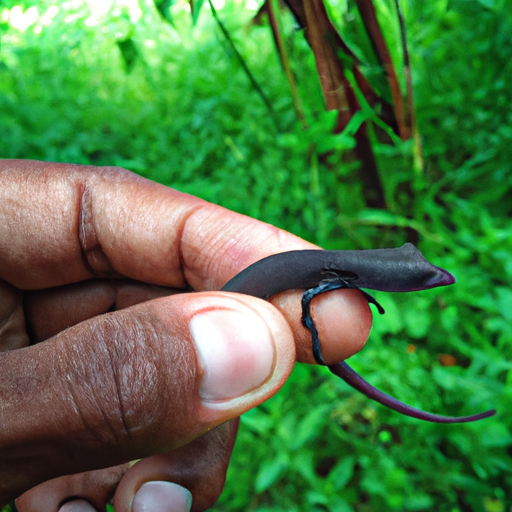 Introduction:
Introduction:
Animals are fascinating creatures, exhibiting a wide range of adaptations to survive and thrive in diverse environments. One critical aspect of their survival is their ability to regulate body temperature. Ectothermic animals, also known as cold-blooded animals, have evolved a unique set of physiological and behavioral mechanisms to adapt to fluctuating temperatures in their surroundings. In this detailed article, we will delve into the world of ectothermic animals, exploring their classification, characteristics, and examples from various taxonomic groups.
Definition and Classification:
Ectothermy refers to the reliance of an organism on external sources of heat to regulate body temperature. Unlike endothermic animals, which generate heat internally, ectotherms depend on their environment for thermoregulation. This classification of animals encompasses various taxonomic groups, including reptiles, amphibians, some fish, and many invertebrates such as insects, arachnids, and mollusks.
Reptiles:
Reptiles are perhaps the most well-known group of ectothermic animals. They comprise snakes, lizards, turtles, and crocodilians. These creatures rely on external heat sources, such as basking in the sun or warm surfaces, to raise their body temperature. They possess specialized skin adaptations, such as scales, which help retain heat or reflect excess heat. Reptiles are capable of behaviorally regulating their body temperature by seeking out warmer or cooler areas within their environment.
Amphibians:
Amphibians, including frogs, toads, salamanders, and caecilians, also fall under the ectothermic category. These animals have permeable skin that allows them to absorb moisture and gases, making them highly sensitive to changes in environmental temperature and humidity. Amphibians exhibit various thermoregulatory behaviors, such as seeking shade or burrowing into the ground during hot periods, and emerging into the open to absorb heat during cooler times.
Fish:
While most fish are ectothermic, some exceptions exist, such as tuna and some species of sharks, which exhibit regional endothermy. However, the majority of fish species rely on the surrounding water temperature to regulate their internal body temperature. They possess diverse adaptations to cope with varying water temperatures, including behavioral thermoregulation by moving between different depths and areas of water bodies.
Invertebrates:
Within the vast realm of invertebrates, numerous creatures display ectothermic characteristics. Insects, such as beetles, butterflies, and ants, exhibit remarkable adaptations to regulate their body temperature. They employ behaviors like sunbathing, seeking shelter, or adjusting their wing posture to gain or lose heat. Arachnids, including spiders and scorpions, also rely on external heat sources to regulate their body temperature. Mollusks, such as snails and slugs, possess shells or mucus-covered bodies that help retain moisture and buffer against temperature fluctuations.
Advantages and Challenges of Ectothermy:
Ectothermy provides several advantages to animals that have adopted this thermoregulatory strategy. Firstly, it requires less energy expenditure compared to endothermy. Ectotherms have lower metabolic rates, reducing the need for constant fuel intake. Additionally, they can endure extended periods without food, relying on behavioral adaptations to conserve energy during unfavorable temperatures. Ectothermy also allows animals to adapt to extreme environments, occupying niches that would be challenging for endothermic organisms.
However, ectothermy does present certain limitations. Ectotherms are highly dependent on external heat sources, making them vulnerable to environmental changes. Fluctuations in temperature can considerably impact their activity levels, digestion, and overall physiological functioning. Therefore, ectothermic animals often exhibit specific behaviors, such as hibernation, estivation, or diapause, to survive harsh climatic conditions.
Conclusion:
The world of ectothermic animals is immensely diverse, encompassing a vast array of species across different taxonomic groups. From reptiles that bask in the sun to amphibians that seek shade, and insects that adjust their wing posture, these organisms have evolved remarkable strategies to adapt to their surroundings. Understanding ectothermy is crucial in appreciating the intricate balance that exists within ecosystems and the extraordinary adaptations that have shaped the animal kingdom.
